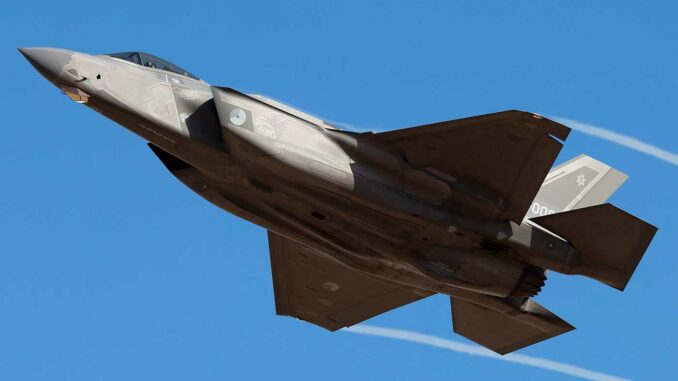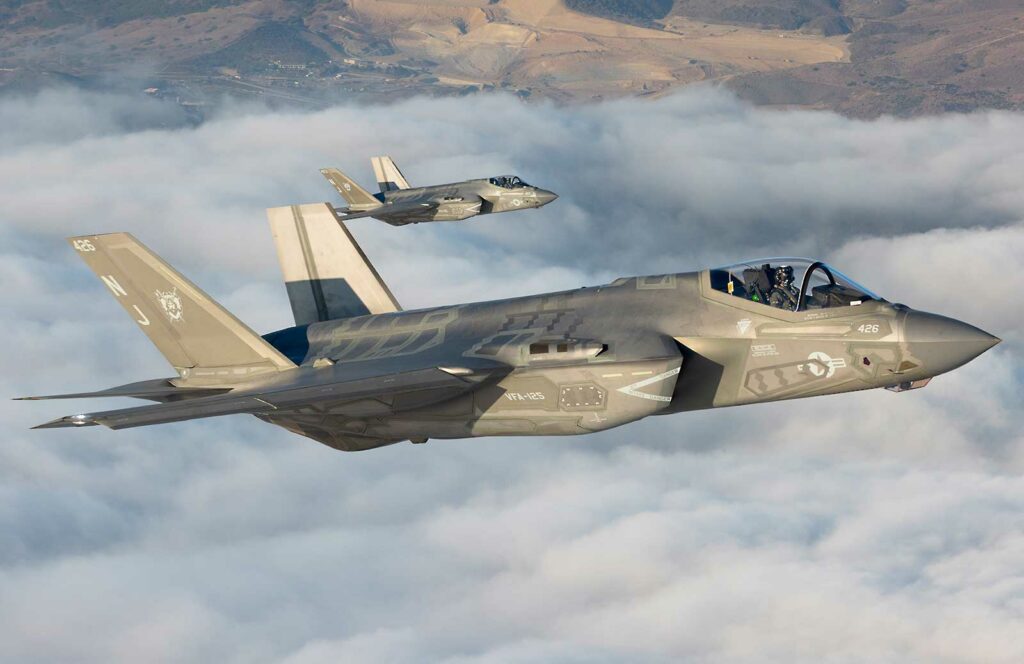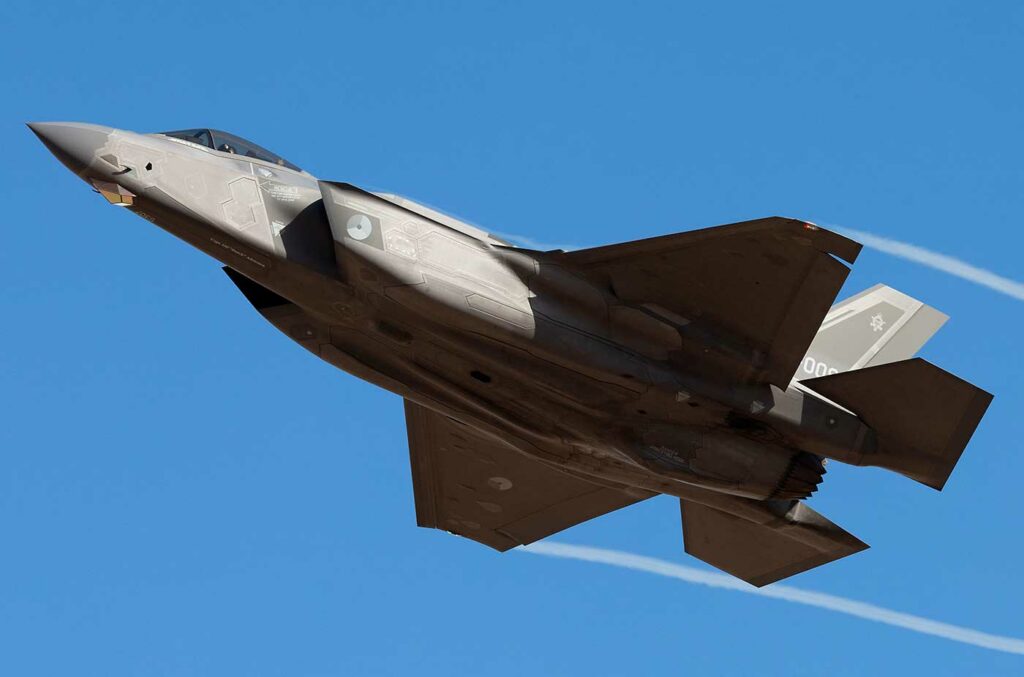
The Houthis’ improvised infrared missiles threaten US stealth aircraft, revealing the limits of modern technology in the face of asymmetric tactics.
Houthi forces in Yemen have successfully threatened US F-35 fighter jets using improvised air defense systems. These systems, often based on converted Soviet air-to-air missiles and passive infrared sensors, are mobile and difficult to detect. Their use has forced US pilots to perform evasive maneuvers, highlighting the vulnerability of advanced technologies in the face of unconventional tactics.
The Houthis’ improvised air defense systems
The Houthis have developed an air defense capability by adapting Soviet air-to-air missiles for ground-to-ground use. The R-73, R-27, and R-77 missiles have been modified to become the Thaqib-1, Thaqib-2, and Thaqib-3, respectively. These missiles use passive infrared sensors, making them difficult to detect by modern aircraft electronic warfare systems.
In addition to these missiles, the Houthis use the Iranian-made Saqr-358 missile, which combines the characteristics of a surface-to-air missile and a kamikaze drone. This missile is capable of loitering in an area before engaging a target, thereby increasing the threat to aircraft.
The mobility of these systems, often mounted on vehicles or light platforms, allows the Houthis to deploy them quickly and unpredictably, complicating the planning of opposing air missions.

The threat to stealth aircraft such as the F-35
Although the F-35 is designed to be stealthy, it is not invisible. Its AN/ASQ-239 electronic warfare system and AESA radar offer advanced protection, but the opening of weapon bays or the emission of heat can make it detectable. The passive infrared sensors on Houthi missiles exploit these vulnerabilities.
During recent operations in Yemen, an F-35 had to perform evasive maneuvers to escape a Houthi missile. Although the aircraft was not hit, this incident highlights that even the most advanced aircraft can be threatened by improvised air defense systems.
The combination of stealth and electronic warfare is effective against active radar systems, but less so against passive sensors that do not emit detectable signals. This reduces pilots’ reaction time and increases the risk of interception.
Strategic and tactical implications
The Houthis’ ability to threaten advanced aircraft with improvised systems has several implications:
- Adaptation of air tactics: Air forces must review their strategies to take these unpredictable threats into account.
- Cost of operations: The use of remote munitions to avoid dangerous areas increases the cost of missions.
- Pilot training: Pilots must be trained to detect and respond quickly to unconventional threats.
- Technological development: Effective countermeasures against passive sensors need to be developed.
These challenges show that technological superiority does not guarantee invulnerability, especially against adversaries using asymmetric tactics.
Iran’s role in strengthening Houthi capabilities
Iran plays a key role in developing the Houthis’ air defense capabilities. By providing missiles, electronic components, and technical expertise, Iran enables the Houthis to maintain and improve their systems.
Seizures of arms shipments from Iran have revealed advanced components, such as missile engines and infrared sensors, destined for the Houthis. This assistance allows the Houthis to have more sophisticated air defense systems than their local technological level would allow.
The cooperation between Iran and the Houthis illustrates how state actors can strengthen the military capabilities of non-state groups, complicating stabilization efforts in the region.

Implications for Western air forces
The incidents in Yemen highlight the need for Western air forces to:
- Improve passive threat detection: Develop sensors capable of detecting passive infrared emissions.
- Enhance training: Prepare pilots to deal with unconventional threats and respond quickly.
- Adapt doctrines: Review engagement strategies to minimize exposure to unpredictable threats.
- Invest in research: Develop technologies to counter improvised air defense systems.
These measures are essential to maintain the effectiveness of air operations in environments where adversaries use asymmetric tactics.
The Houthis’ improvised air defense capabilities demonstrate that non-state groups can pose a serious threat to advanced fighter jets such as the F-35. By using modified missiles and passive sensors, they exploit the vulnerabilities of modern technologies. This underscores the importance for air forces to continually adapt to emerging threats and not underestimate the capabilities of asymmetric adversaries.
War Wings Daily is an independant magazine.